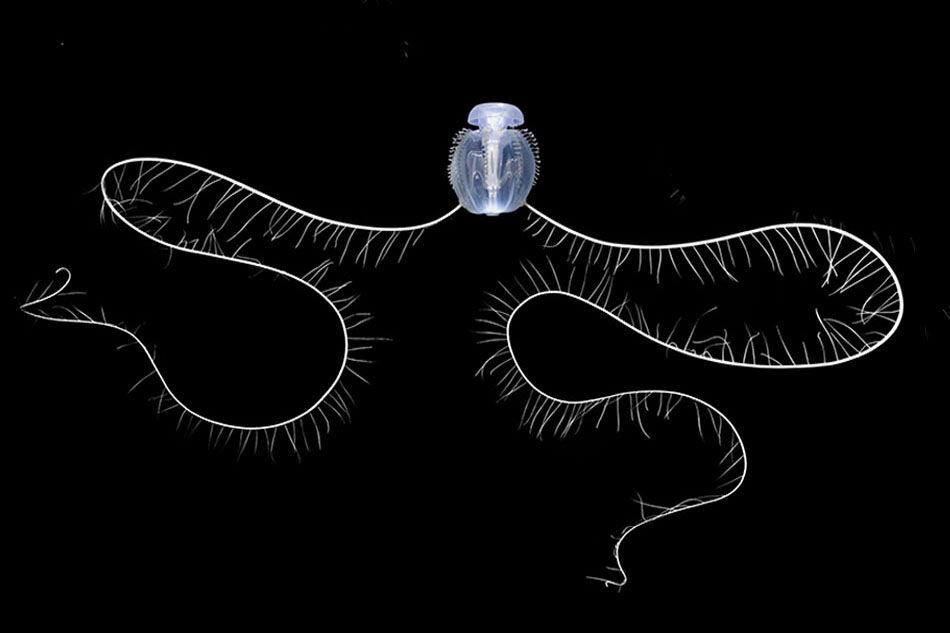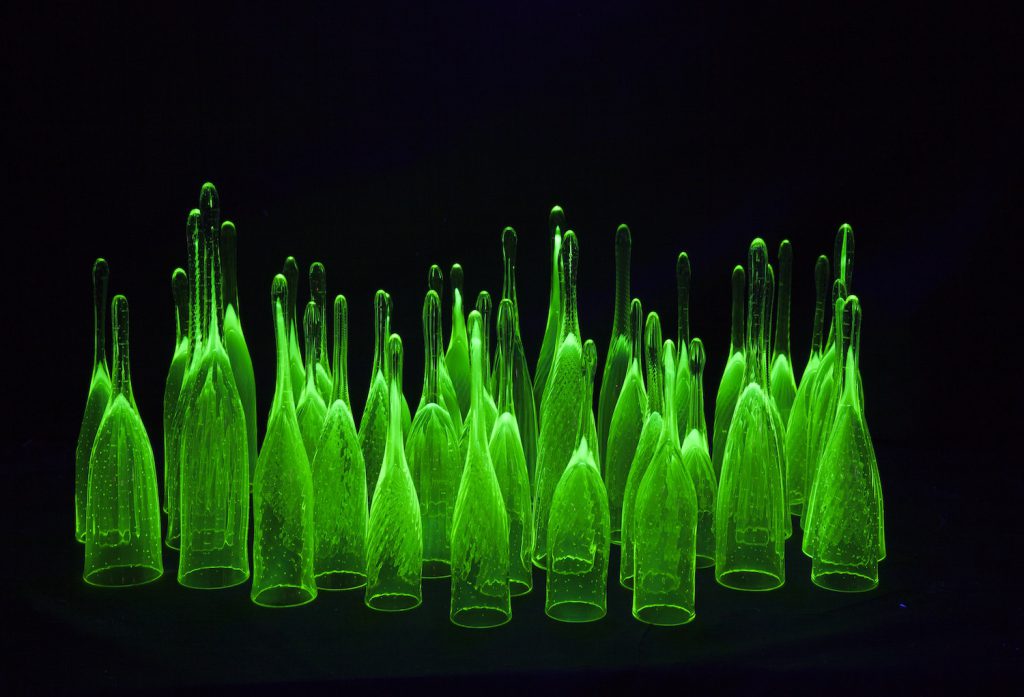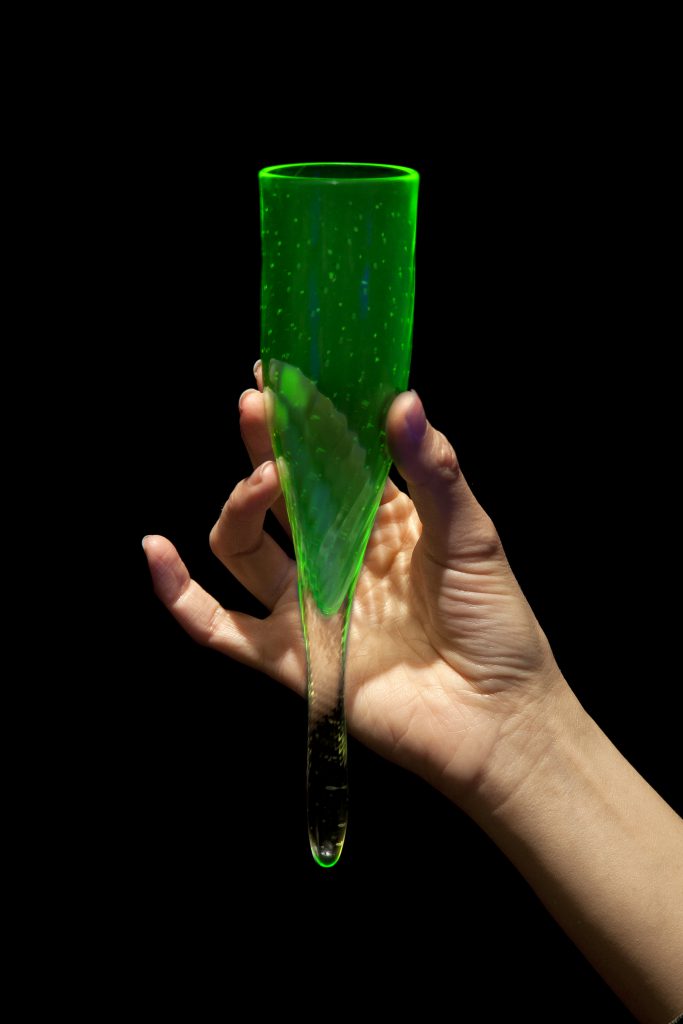1) The ‘Ravenous Ctenophore Series’ was created based on plankton that the artist captured off the coast of Chile while aboard Tara Oceans. It was important for the artist to make this series showing not only healthy but ‘ravenous ctenophores’ after making the ‘La Boehme series’ because not everything in the ocean is sick and dying in fact some things are alive and well and even hungry like these ctenophores!
Though this type of plankton proliferates all over the planet it is of note that the ctenophores the artist captured had blood red tentacles which quickly faded to white when preserved perhaps this was due to the rich mineral mix that is fed into the waters of the coast of Chile by the Humboldt current from Antarctica. Ctenophora (tĬnŏf´ərə), a small phylum of exclusively marine, invertebrate animals, commonly known as comb jellies. Ctenophores are characterized by eight rows consisting of ciliated plates called ctenes (combs), which are radially arranged on the spherical body surface. The animals swim weakly, powered by those structures. The two hemispheres of the ctenophore body are marked by a mouth, or oral pole, on the underside, and an opposite aboral pole, on which is located the statocyst, a unique sense organ controlling equilibrium. Most ctenophores resemble biracially symmetrical (see symmetry, biological) jellyfish (phylum Cnidaria) but lack the cnidarian whorl of tentacles around the mouth. They lack the specialized stinging cells (nematocysts) found in coelenterates, but one species (Haeckelia rubra) incorporates those of its jellyfish prey for its own defense. Ctenophores, which are all carnivorous, have specialized adhesive cells called colloblasts, used to capture planktonic animals on which the ctenophores feed. Approximately 50 species are known, but many become locally abundant and are ecologically significant. They vary from less than 1/4 in. (0.6 cm) to over 1 ft (30.5 cm) long. Most are transparent, but pale pinks, reds, violets, and oranges are also known in some species. Most ctenophores are also bioluminescent, the production of light originating in the walls of the eight canals. Most ctenostomata are hermaphrodites, developing through a cydippid larval stage to adults. They can also regenerate lost parts. Also, they are cannibals devouring their own kind!
2) Lithoptera is a single celled plankton often referred to as “vegimal” in that it photosynthesizes light from the sun to create energy like a plant, yet still operates like an animal consuming other plankton! Its skeleton is made of a form of calcium carbonate called strontium. Lithoptera plankton travel up and down the water column daily, the reason for which remains a mystery. This plankton was discovered by marine biologist Colomban de Vargas and is the only plankton in the collection that the artist did not capture herself.
3) These glowing Tintinnid Champagne Glasses (2012) were inspired by the tintinnid plankton Haseltine observed while examining water samples from oceans around the world under a microscope. They are light-hearted pieces as the artist, enchanted by their fluted forms, likens them to champagne glasses for mermaids.
The tintinnids that inspired the Tintinnid Champagne glasses were collected during Mara G. Haseltine’s artist-in-residency aboard the research vessel Tara Oceans.
Materials: Hand-blown glass.
Dimensions Variable, Ranging: 12” X 3” X 3” – 7” X 2” X 2”





